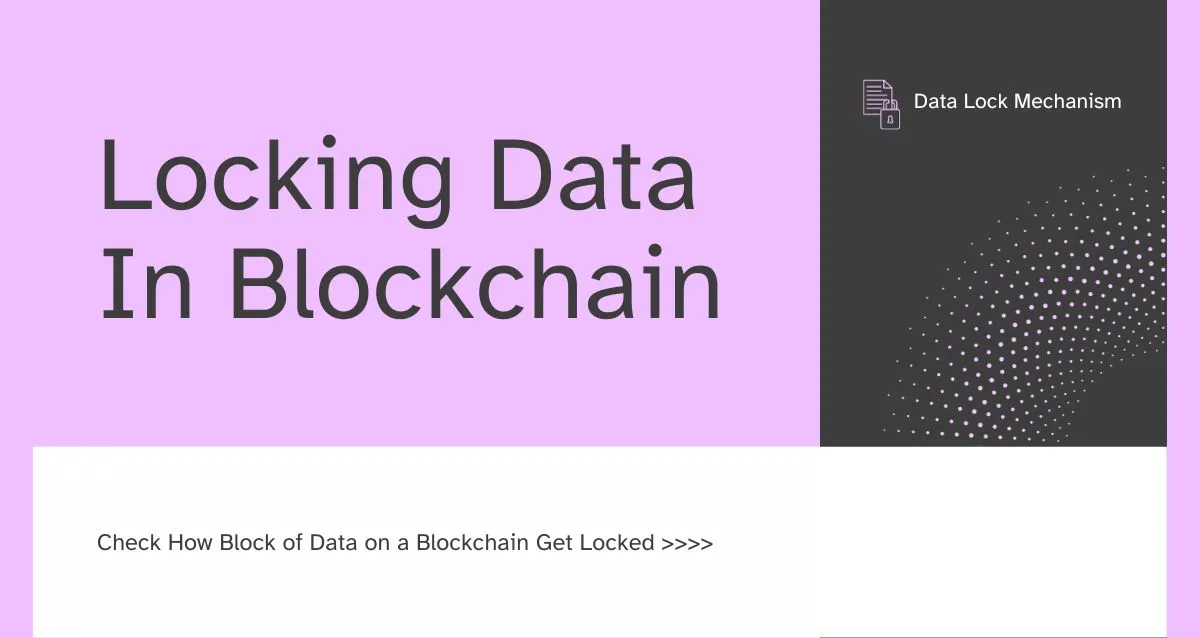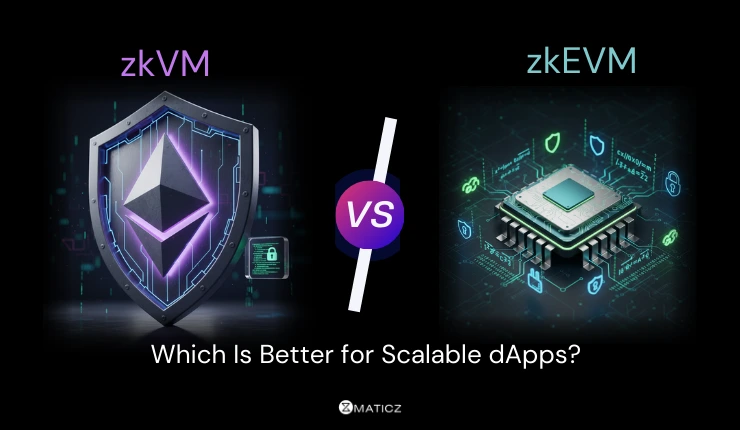Share Posts

How Does a Block of Data on a Blockchain Get Locked?
46
4932
103
Imagine a fortress on a digital mountain, filled with invaluable data. Guards patrol every inch, ensuring nothing gets in or out without approval. That's how blocks of data lock themselves down on a blockchain, a technology that keeps everything transparent and secure.
Describing How a Block of Data on a Blockchain is Locked
Did you know that each block of data on a blockchain is cryptographically hashed and linked to the previous block to ensure its immutability and security? Once a block is added to the chain, it becomes a permanent part of the blockchain and cannot be altered or deleted without invalidating the entire chain. This is all due to a consensus mechanism that all nodes on the network must follow to validate and confirm new blocks.
To make sure everything is even more secure, blockchain technology and smart contracts are used to lock and unlock data blocks. Smart locks are highly programmable and use decentralized technology to improve security measures.
If you're curious about how blockchain-based smart locks work, they initiate a connection to the smart contract of the lock on the blockchain, allowing the owner to set the rental price and deposit for the device.
All in all, the locking of a block of data on a blockchain is achieved through the use of smart contracts and decentralized technology, which ensures security and reliability in the locking-unlocking functionality.
Let's explore the different mechanisms that come into play when a block of data is securely locked within the blockchain.
Hash Function
At the core of blockchain security is the use of cryptographic hash functions. These functions ensure that any changes to the data within a block require recalculating the hash, which affects the entire chain. This means that once data is added to a block, it is effectively locked in place.
Know more: Hashing in Blockchain
Proof of Work and Proof of Stake
To validate and add new blocks to the chain, blockchain networks use consensus mechanisms like Proof of Work (PoW) or Proof of Stake (PoS). These blocks don't just sit there. They enter a consensus mechanism, where all the miners on the network agree on their validity. Different blockchains use different methods for this vote, like solving puzzles or majority agreement. Think of it as a security council, ensuring every wall gets built correctly.
Timestamps and Merkle Trees
Each block in a blockchain contains a timestamp, indicating when it was created. Additionally, transactions within a block are often organized in a hierarchical arrangement using a Merkle Tree structure. The combination of timestamps and Merkle Trees contributes to the locking of data within each block, providing a reliable and ordered ledger.
Consensus Verification
Before a block is added to the blockchain, it undergoes a verification process by the nodes in the network. This ensures that the majority of nodes agree on the validity of the block before it is added. This step further intensifies the locking of the data in the block, as consensus is a collective agreement on the accuracy and legitimacy of the information.
Cryptographic Keys
To enhance security and establish ownership of transactions, blockchain uses digital signatures and cryptographic keys. Transactions are signed with a private key, and the corresponding public key is used for verification. This cryptographic pairing adds a layer of protection, contributing to the overall locking of data on the blockchain.
If you want to implement this revolutionary technology and its enterprise-grade solutions into your business, but don’t know whom to approach. Maticz is the best option which is the leading Blockchain development agency to develop all kinds of blockchains including Private, Public, and Hybrid to achieve your unique business goals.
Related Article: Purpose of Blockchain Technology
Tap Into the Future
The latest insights, posts, and project updates - straight to your inbox.




